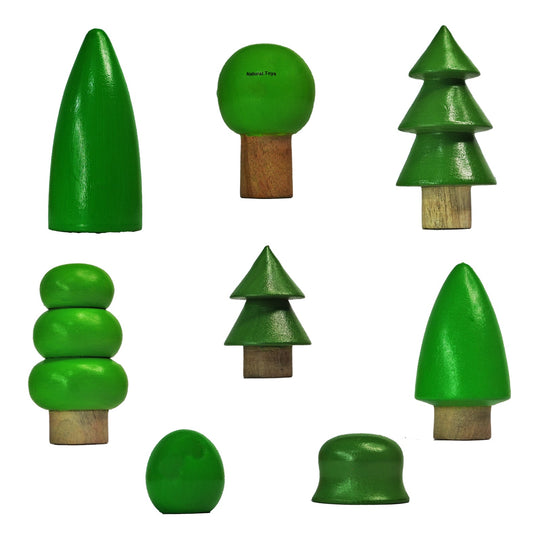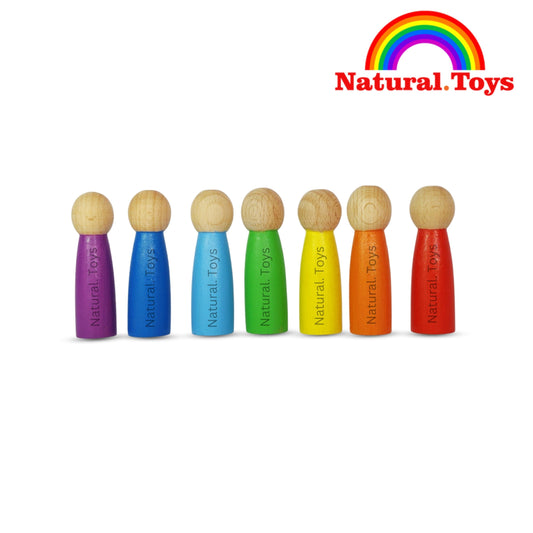
As a parent or caregiver, choosing the right toys for your child can be overwhelming. With so many options on the market, it can be challenging to know what will engage your child and promote their development. One popular toy that has stood the test of time is the wooden rainbow stacker. But with so many variations available, how do you choose the right one for your child's age and skill level? In this article, we'll explore what to look for when choosing a wooden rainbow stacker and how to ensure it's a suitable toy for your child.
Age-appropriate stackers
When it comes to wooden rainbow stackers, it's important to consider your child's age. While many stackers are suitable for a broad age range, some are better suited for specific age groups. Here are some age-appropriate stackers to consider:
- 6-12 months: For young babies, look for a stacker with large, easy-to-grasp pieces. Some stackers have rounded edges, making them safe for teething babies to chew on. A stacker with fewer pieces can also be more manageable for young babies to play with.
- 1-2 years: Toddlers will enjoy stackers with more pieces, making them a bit more challenging to build. Look for stackers with graduated sizes, so your child can build a pyramid or tower. Many stackers also have other features, such as different shapes or textures, to keep your child engaged.
- 2-3 years: Older toddlers will enjoy stackers with more complex shapes, such as arches or tunnels. Some stackers also have added features, such as mirrors or bells, to provide an additional sensory experience.
Skill level considerations
In addition to age, it's important to consider your child's skill level when choosing a wooden rainbow stacker. Here are some things to keep in mind:
- Fine motor skills: Stackers are an excellent toy for developing fine motor skills. However, if your child is just starting to develop these skills, a stacker with larger pieces may be more appropriate. As your child's skills improve, you can move on to stackers with smaller pieces.
- Problem-solving skills: Stackers can also help your child develop problem-solving skills. Look for stackers with varying levels of difficulty, such as those with different shapes and sizes. This will keep your child engaged and challenged.
- Attention span: Some children may have a shorter attention span than others. If this is the case, look for stackers that are easy to build or have fewer pieces. This will allow your child to enjoy the toy without becoming frustrated.
Quality and safety considerations
When choosing a wooden rainbow stacker, it's important to consider the quality and safety of the toy. Here are some things to look for:
- Materials: Make sure the stacker is made from high-quality materials, such as solid wood. Avoid stackers made from cheap, flimsy materials that could break or pose a choking hazard.
- Paint: If the stacker is painted, make sure the paint is non-toxic and safe for your child to play with. Avoid stackers with chipping or peeling paint.
- Size: Make sure the stacker is an appropriate size for your child. Avoid stackers with small pieces that could pose a choking hazard.
In conclusion, a wooden rainbow stacker is a timeless toy that can provide hours of entertainment and promote your child's development. When choosing a stacker, consider your child's age and skill level, as well as the quality and safety of the toy. By keeping these factors in mind, you can choose a stacker that your child will love and that will provide a valuable learning experience.





